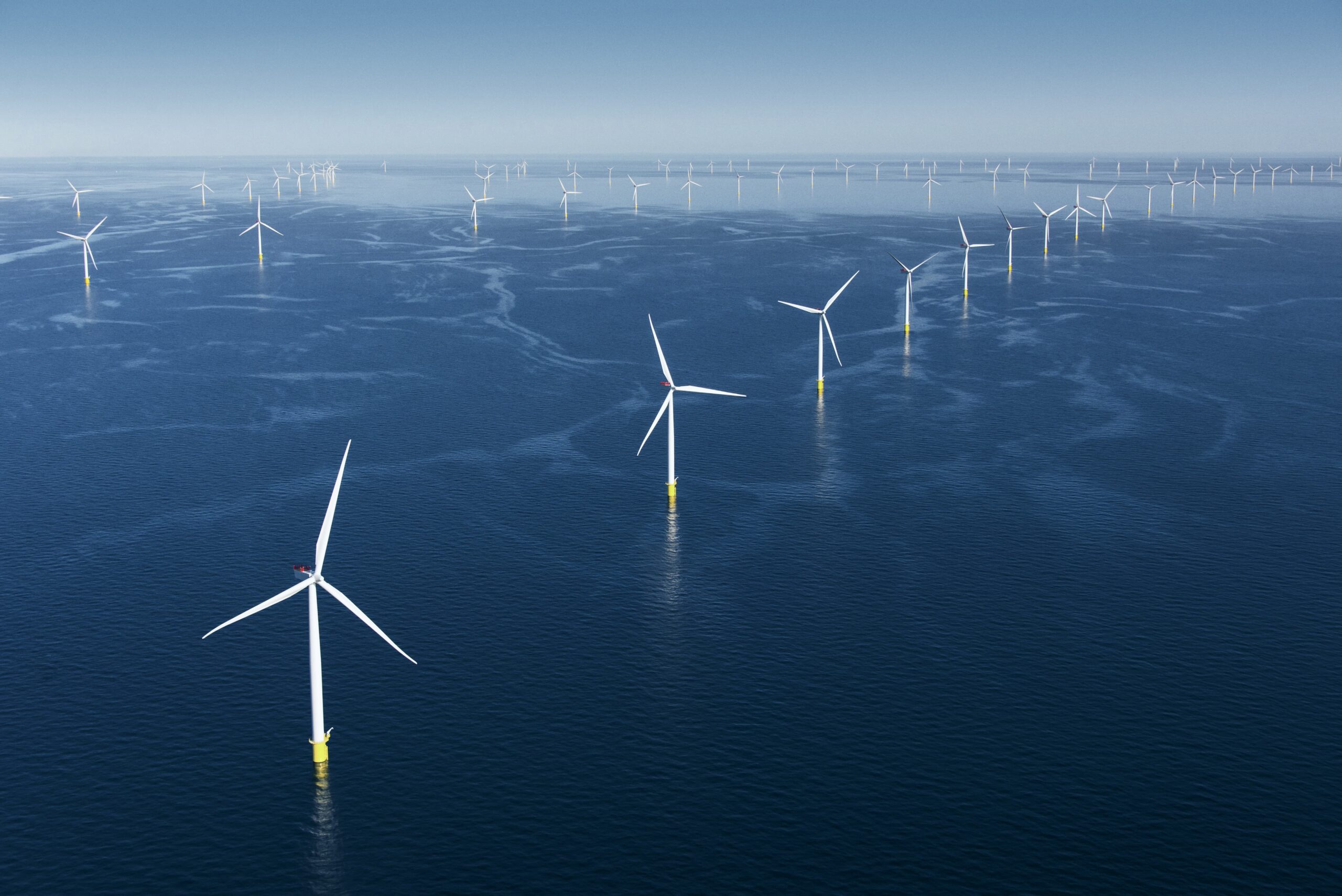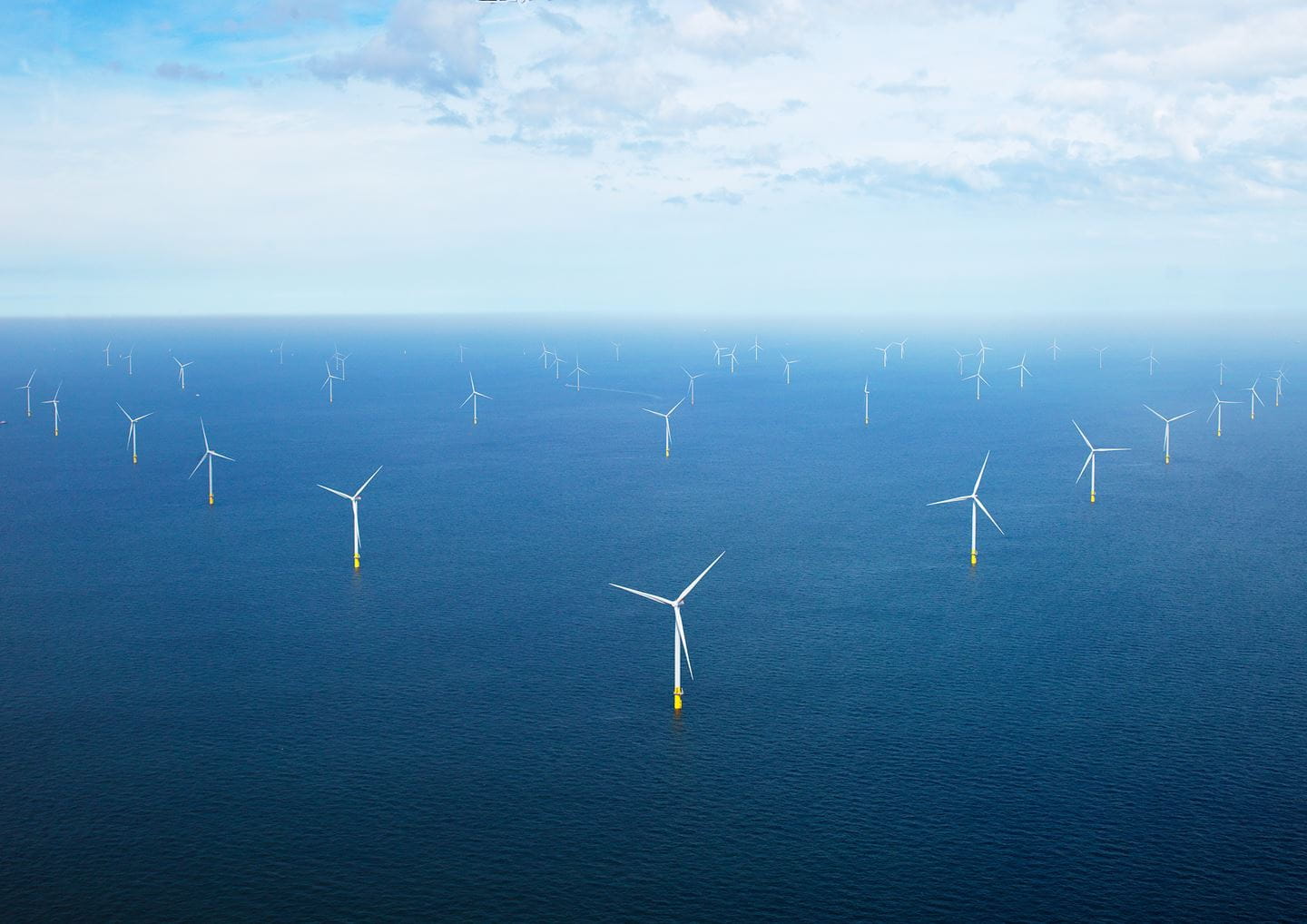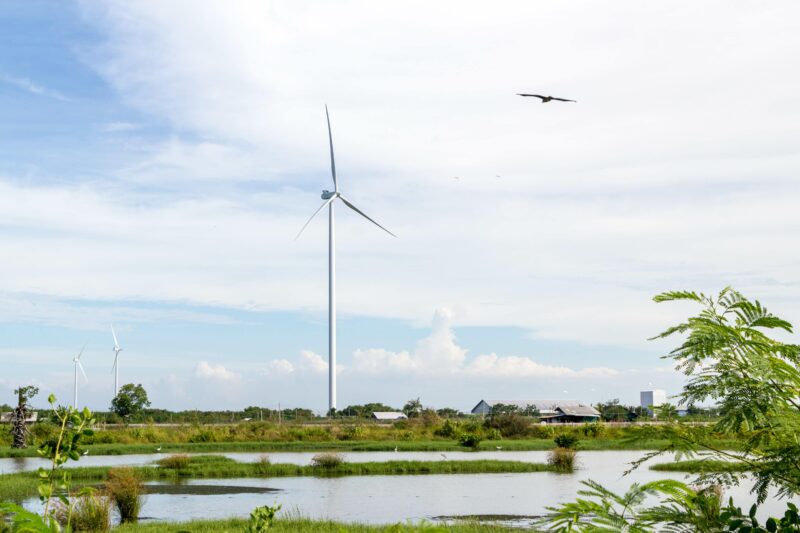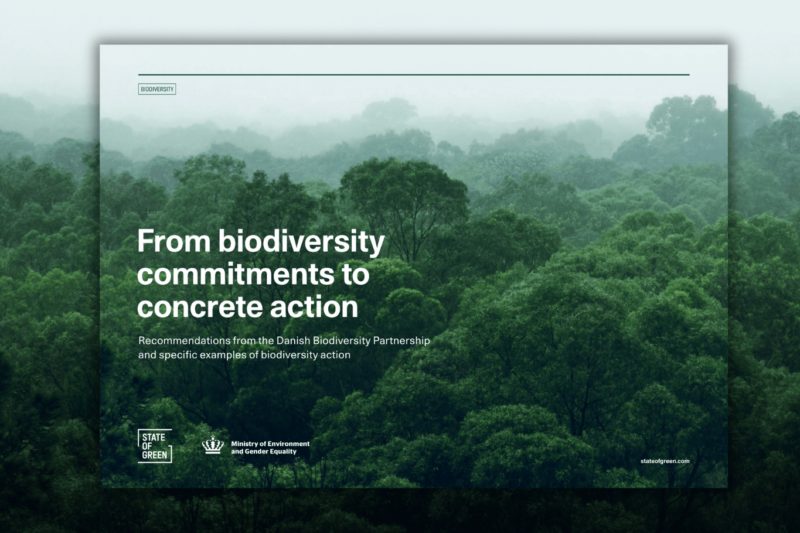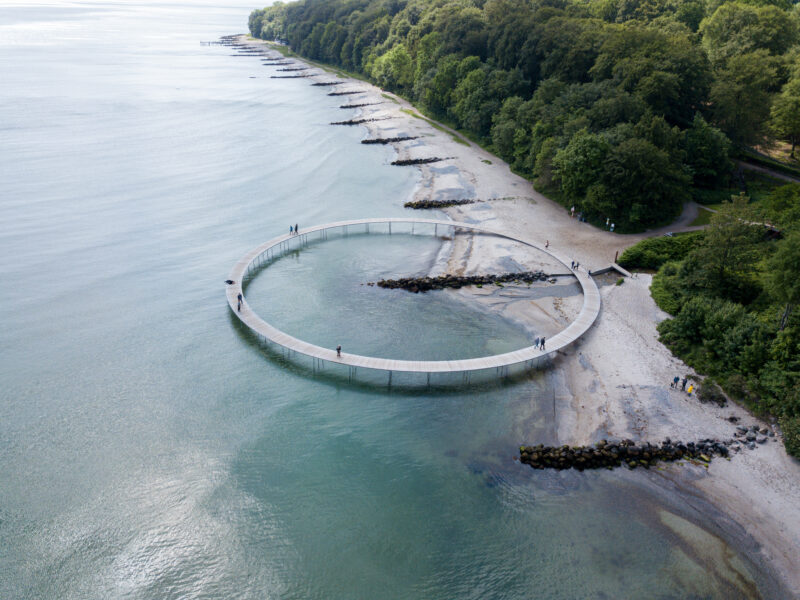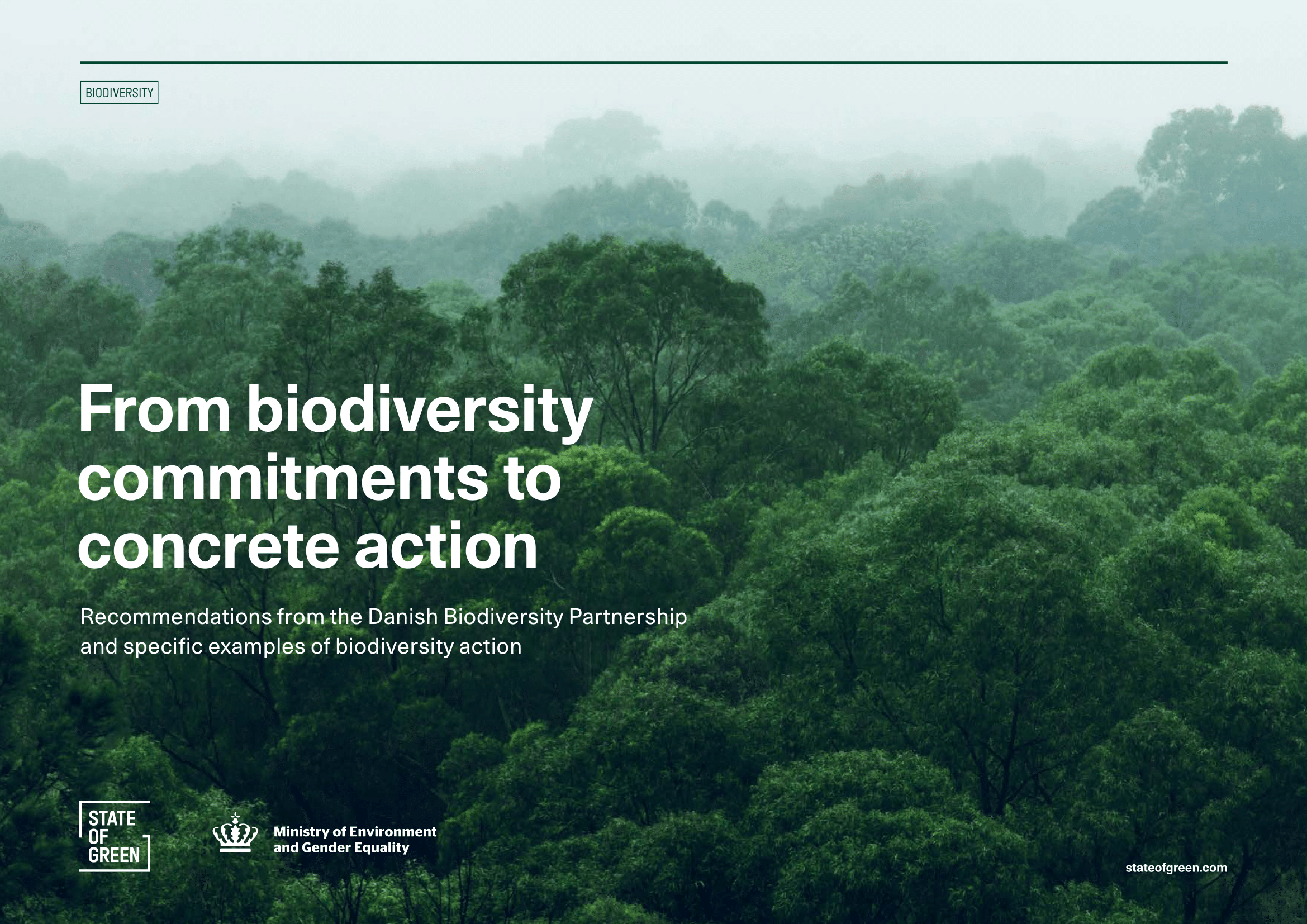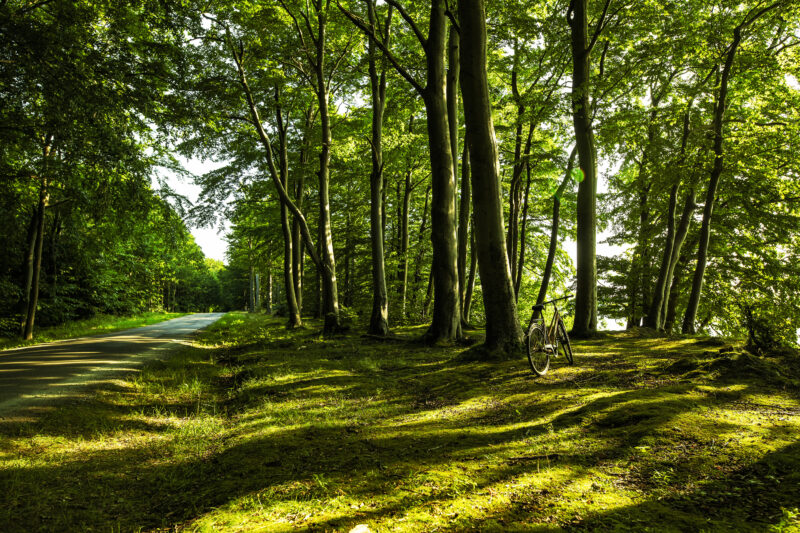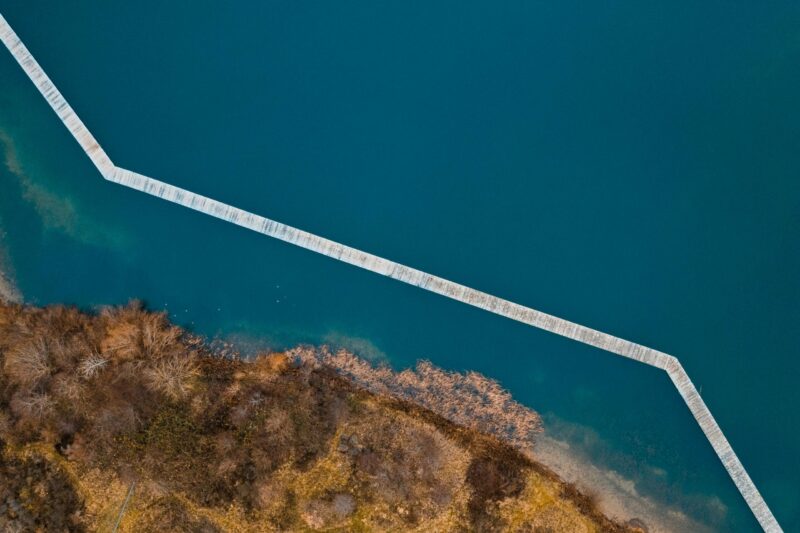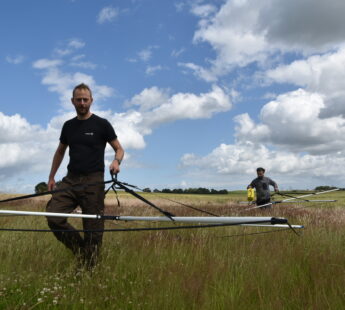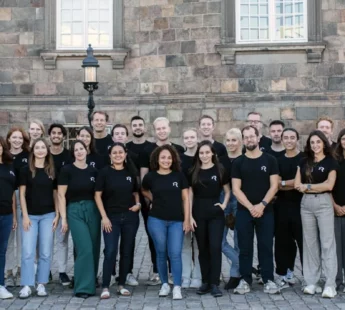On 19 January, EU countries agreed on new, ambitious long-term goals for deploying offshore renewable energy up to 2050 in each of the EU’s five sea basins, with intermediate objectives to be achieved by 2030 and 2040. The combined figures give an overall ambition of installing approximately 111 GW of offshore renewable generation capacity by the end of this decade – nearly twice as much as the objective of at least 60 GW set out in the EU Offshore Renewable Energy Strategy in November 2020. This then rises to around 317 GW by 2050, reaching the very goal of the strategy.
“EU is on track to almost double up on the 60 GW target for offshore wind capacity by 2030. Impressive. However, the challenge to actually deliver is immense. We must accelerate permitting even further and make sure appropriate regulation and sufficient funding are in place” says Lars Aagaard, Denmark’s Minister for Climate, Energy and Utilities.
The agreement builds on tools established by the revised Regulation on trans-European energy networks (TEN-E Regulation) and strong regional cooperation, represented by last year’s Summits and ministerial meetings of the North Sea and Baltic Sea in Denmark. At the summits, heads of state in neighbouring North Sea and Baltic Sea countries respectively signed the Esbjerg Declaration and the Marienborg Declaration respectively as well as the NSEC Joint Statement, taking into account the split between different sea basins.
Related news: Baltic Sea countries strengthen cooperation on energy security and expansion of renewables
By going beyond national approaches, EU countries are laying the framework for a trans-European method allowing for a cost-effective expansion of grids needed to incorporate the expected offshore renewable generation with the least environmental impacts and tackle internal bottlenecks.
With these milestones agreed upon, the European Network of Transmission System Operators for electricity (ENTSO-E) will now combine it with information on maritime spatial planning, and propose strategic integrated offshore network development plans, giving visibility to grid promoters, investors and the supply chain on what offshore grids to expect for each sea basin by 2050.
Above is a shortened version of news articles originally published by the European Commission on 19 January 2023.
